What to Use Instead of Teflon Sheet for Heat Press?
When it comes to heat press, ensuring a smooth and flawless transfer is foremost. Teflon sheets have long been the go-to option for many to keep printing projects from burning during heat press.
Teflon sheets, also known as PTFE sheets, are commonly used in heat press applications. These are used to protect the film transfer during the DTF (Direct-to-film) process. It protects delicate materials from direct heat and prevents scorching or adhering to the heat platen.
There’s no doubt that Teflon sheets are the best protective sheets on the market. But its shortage can bring it to the point where one might think now what to use instead of a Teflon sheet for heat press.
But don’t worry, there’s always an alternative for everything same as for Teflon sheets. These alternative materials are just as effective as these sheets.
Whether you’re looking to explore eco-friendly options or searching for a more cost-effective option, you’ve to be aware of it for the quality of your heat press results. And theprinterexpert.com is always here to guide you.
That’s why out of mercy just to stop suffering, I have written this post about it. It contains everything you need to know about replacing the Teflon sheet for the next project with a similar outcome.
Table of Contents
Teflon Sheet Alternatives for Heat Press
Alternative #1: Parchment Paper
One of the most accessible alternatives to a Teflon sheet is parchment paper. This thin paper is not only affordable but also widely available in most households. It possesses non-stick qualities for a smooth transfer of designs without any hassle.
A single piece of parchment paper can withstand moderate heat and last a couple of presses. Even if the vinyl sticks to the paper during heat press, it’s readily removed.
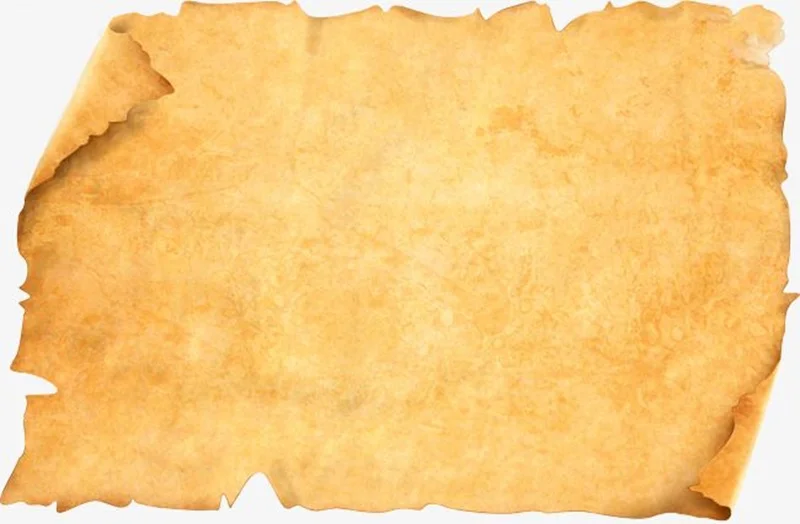
Alternative #2: Silicone Mats
Silicone mats are typically used in baking and cooking. It’s another viable option when searching for an alternative to Teflon sheets. These mats are non-sticky, durable, and can endure high temperatures.
Reusable silicone mats provide a sustainable solution for your heat press needs. Their non-stick surface ensures that your designs transfer seamlessly onto your desired surface.
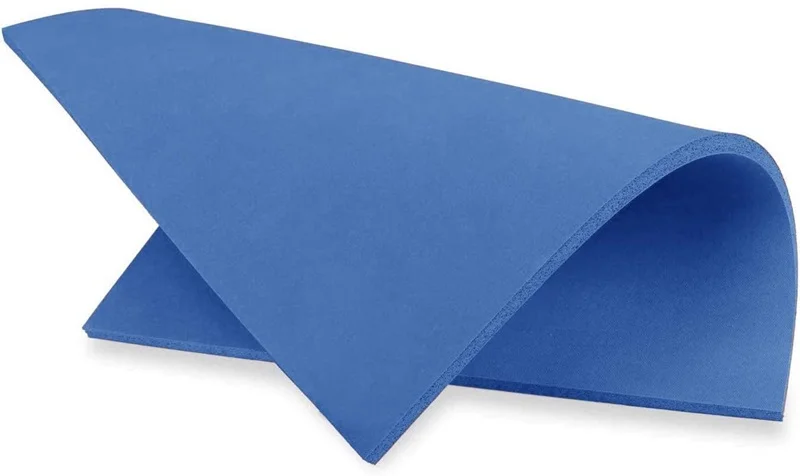
Alternative #3: Thin Tea Towel
Using a thin tea towel is the latest alternative for Teflon sheets. Its thin and smooth texture functions as a barrier between heat press and fabric.
Although some users don’t count it for heat-pressing projects. However, its accessibility makes it a practical option for individuals seeking quick substitutes.
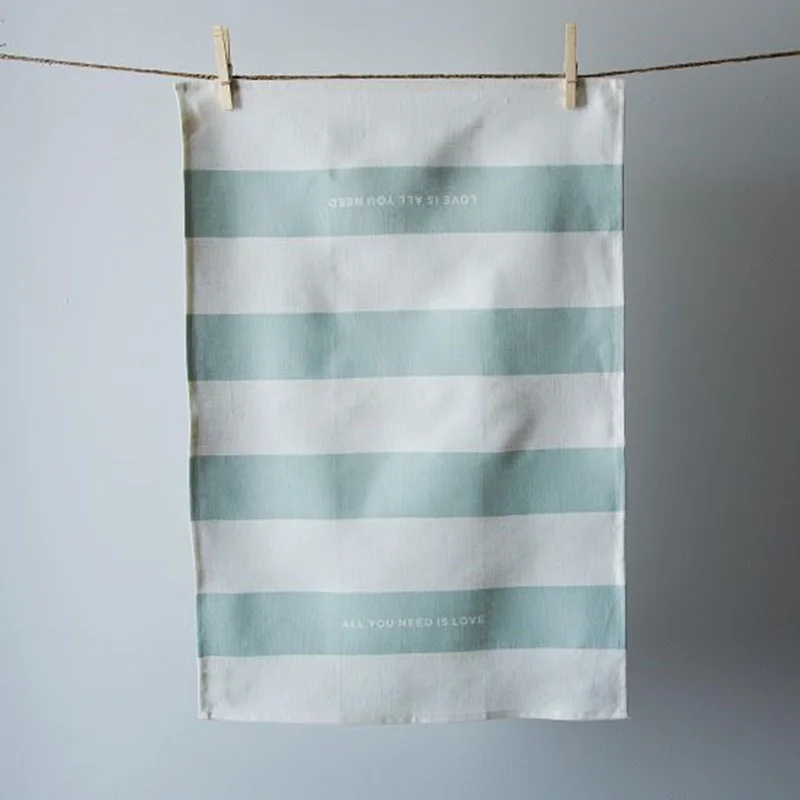
Alternative #4: Butcher Paper
Butcher paper is a thicker more durable paper to provide a protective barrier between the heat plate and the material being pressed. It is another alternative that is particularly useful for heat-pressing thicker materials or those with uneven surfaces.
Alternative #5: Kraft Paper
Kraft paper is an economical alternative to Teflon sheets. Although it might not possess the same heat resistance as some other options, it can effectively prevent any unwanted ink or adhesive from seeping through and staining your heat press machine.
With its affordability and ease of use, kraft paper is an excellent choice for those looking for a budget-friendly option without compromising the quality of their heat press projects. The cherry on top is that kraft paper can also be used as an alternative to cardboard boxes for printing.
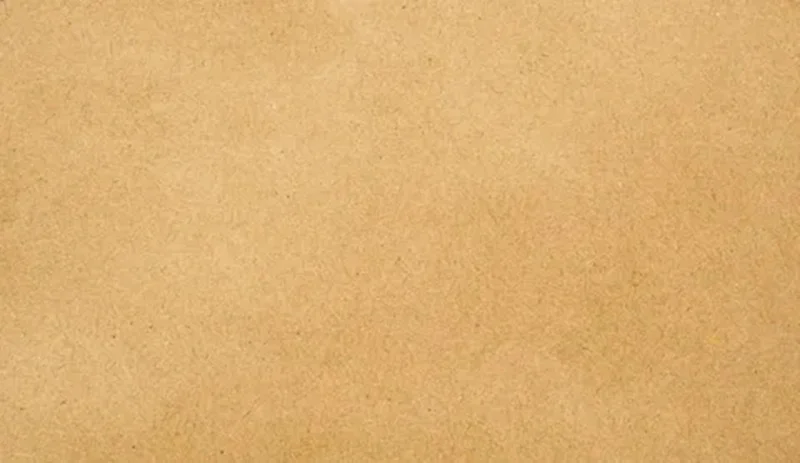
Alternative #6: Aluminum Foil
In a tight cornet, people use aluminum instead of Teflon sheets to buy time. Yet, it is not as efficient as preventing the oozing of glue, but it may still result in a flat and smooth surface for pressing.
But, you should be aware that more heat may cause an abnormal distribution of heat and then damage your heat press machine. Therefore, it’s better to use aluminum foil as a last option.
Alternative #7: Teflon-Coated Fiberglass
Are you a fan of non-stick Teflon but looking for a safer alternative, Teflon-coated fiberglass sheets can be a preferable choice. This kind of sheet has been designed to be able to withstand high temperatures without producing toxic fumes. They mix undeniably twin qualities viz. non-stick convenience plus safety.
Alternative # 8: Heat-Resistant Transfer Sheets
These specialty sheets are designed specifically for heat pressing. They offer superior heat transfer compared to the previous options and come in various sizes and thicknesses to suit your project needs. While slightly more expensive, they can be a worthwhile investment for frequent crafters.
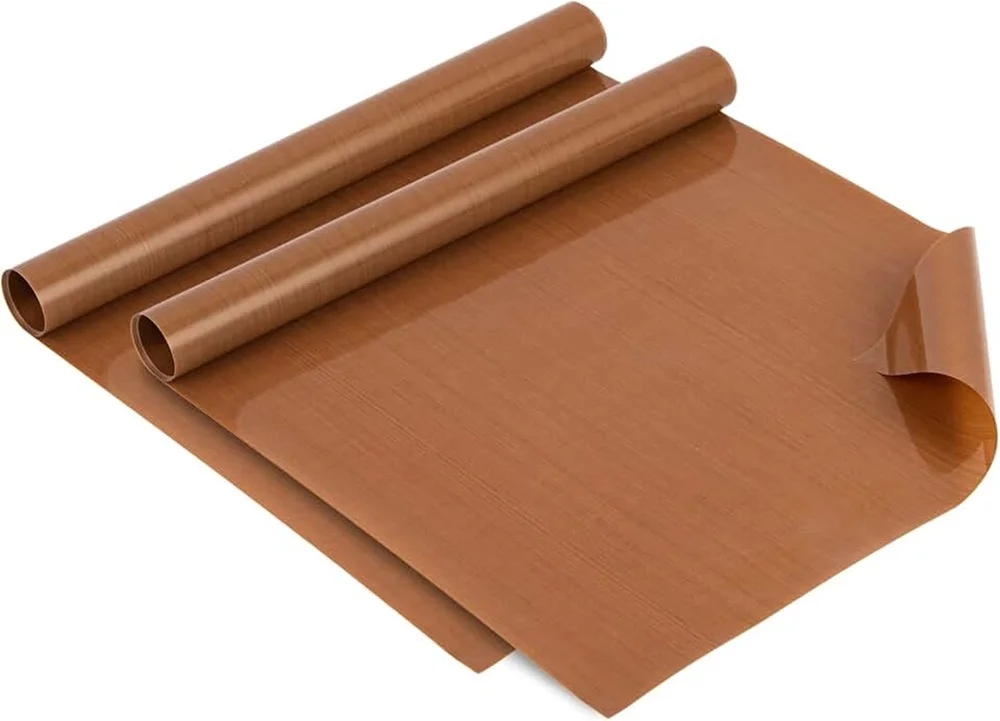
How to Use Teflon Sheet for Heat Press?
Using a Teflon sheet for a heat press is a straightforward process. Follow these steps for effective use:
Step 1: Preparation
Preheat your heat press to the desired temperature for the specific fabric or material you are working with. It’s more advisable to follow the indicated heat transfer instructions.
Step 2: Positioning
Place the Teflon sheet over the fabric or material you intend to press. Ensure that the Teflon sheet completely covers the area you want to apply the heat transfer.
Step 3: Layering
If you are working with multiple layers of material or a complex design, arrange the layers accordingly with the Teflon sheet on top to provide a protective barrier during the heat transfer process.
Step 4: Pressing
Press the heat press machine, to make it shut and at the same time turn on the heating elements. The Teflon sheet is like a barrier that prevents the heating element from coming into contact with the material but allows the heat to be transferred by the sheet.
Step 5: Cooling
After the pressing cycle is complete, open the heat press and carefully remove the Teflon sheet from the material. Set the material to cool down before handling and storing DTF transfers to prevent any smudging or damage to the transferred design.
Step 6: Cleaning
When the Teflon sheet is cool, wet the paper towels and wipe the surface clean. This will remove any residue or adhesive left from the heat transfer printer. Make sure that the Teflon sheet is perfectly clear of any lint, dust, water, or moisture before using it for the upcoming heat press project
Tips for Using Alternatives
- Test First: Always test a small piece of the alternative material with your heat press settings to ensure it works well and doesn’t cause any issues.
- Replace as Needed: Some alternatives, like parchment paper, might need to be replaced after a few uses, while others, like silicone mats, can be reused many times.
- Watch for Residue: Be cautious of any residue or marks that might transfer from the alternative material to your project.
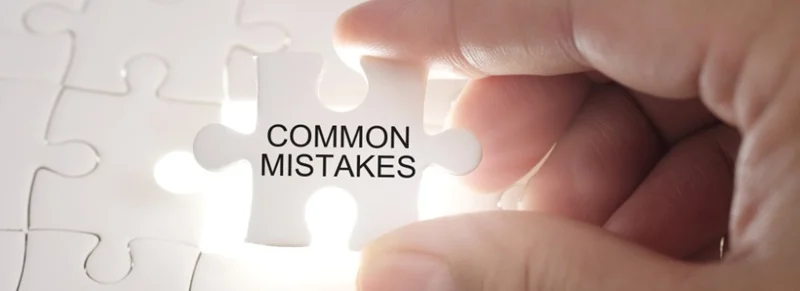
4 Common Heat Printing Mistakes
- Incorrect Temperature Settings – Using the wrong temperature can cause poor adhesion or damage to the material. Always check the recommended settings for each type of fabric.
- Not Pre-Pressing the Garment – Skipping the pre-press step can leave moisture in the fabric, leading to uneven prints. Pre-pressing ensures a smooth surface for better results.
- Inadequate Pressure – Too little or too much pressure affects how well the design sticks. Adjust your heat press pressure based on the thickness of the garment.
- Peeling the Transfer Too Soon – Removing the transfer paper before it cools or cures can ruin your print. Follow the instructions on when to peel for the best finish.
Conclusion
For heat pressing, the absence of a Teflon sheet doesn’t limit your ability to achieve exceptional results. You won’t be restricted to just one option. In fact, you will have to try out different options because there are many choices available ranging from everyday household items to specialized materials.
It doesn’t matter if it is convenient parchment paper, hard-wearing silicone, or Teflon-coated fiberglass as they all have a feature to elevate your heat press experience. Consequently, define your needs, give each alternative some thought, and then select the one that fits you best.
